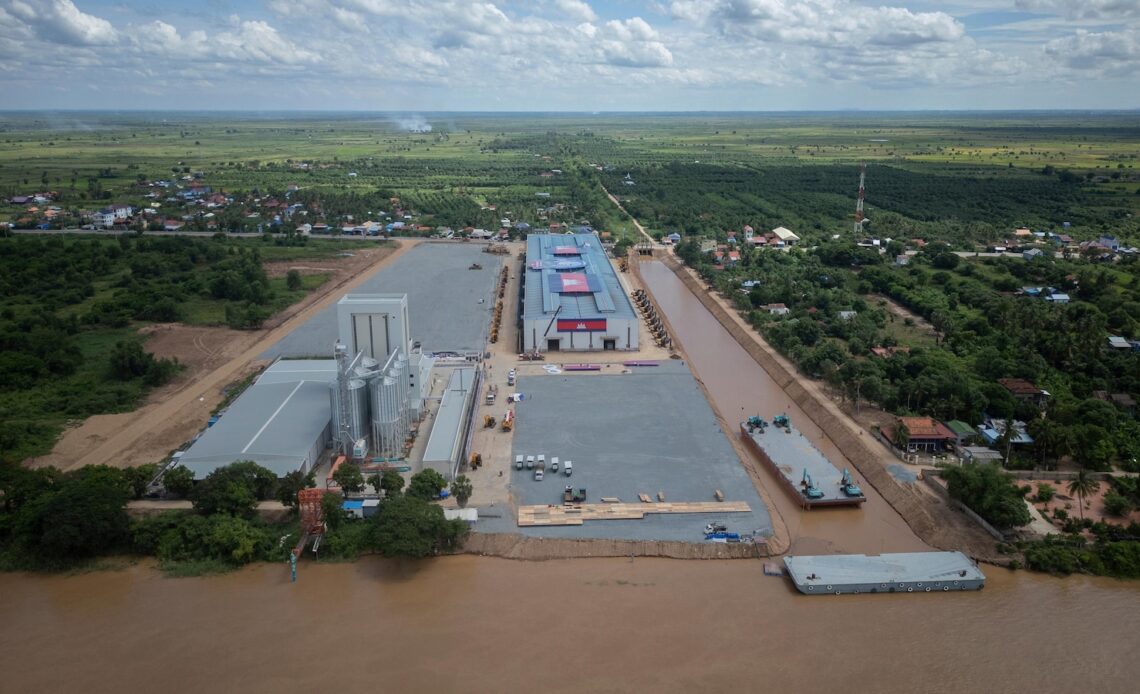PREK TAKEO, Cambodia — The Mekong River is a lifeline for millions in the six countries it traverses on its way from its headwaters to the sea, sustaining the world’s largest inland fishery and abundant rice paddies on Vietnam’s Mekong Delta.
Cambodia’s plan to build a massive canal linking the Mekong to a port on on its own coast on the Gulf of Thailand is raising alarm that the project could devastate the river’s natural flood systems, worsening droughts and depriving farmers on the delta of the nutrient-rich silt that has made Vietnam the world’s third-largest rice exporter.
Cambodia hopes that the $1.7 billion Funan Techo canal, being built with Chinese help, will support its ambition to export directly from factories along the Mekong without relying on Vietnam, connecting the capital Phnom Penh with Kep province on Cambodia’s southern coast.
At an Aug. 5 groundbreaking ceremony, Cambodian Prime Minister Hun Manet said the canal will be built “no matter what the cost.” By reducing costs of shipping to Cambodia’s only deep-sea port, at Sihanoukville, the canal will promote, “national prestige, the territorial integrity and the development of Cambodia,” he said.
Along with those promises comes peril. Here is a closer look.
The Mekong River flows from China through Myanmar, Thailand, Laos, Cambodia and Vietnam. It supports a fishery that accounts for 15% of the global inland catch, worth over $11 billion annually, according to the nonprofit World Wildlife Fund. Flooding during the wet season makes the Mekong Delta one of the world’s most productive farm regions.
The river already has been disrupted by dams built upstream in Laos and China that restrict the amount of water flowing downstream, while rising seas are gnawing away at the southern edges of the climate-vulnerable Mekong Delta.
Brian Eyler, director of the Washington-based Stimson Center’s Southeast Asia Program, warns that high embankments along the 100-meter (328 feet)-wide, 5.4-meter (17.7 feet)-deep canal will prevent silt-laden floodwater from flowing downstream to Vietnam. That could worsen drought in Vietnam’s rice bowl and Cambodia’s floodplains, an area stretching over roughly 1,300-square kilometers (501 square miles).
A drier Mekong Delta is a concern for Vietnam’s agricultural sector, which powers 12% of its economy. The southwestern provinces of An Giang and Kien Giang would likely be most impacted. The delta’s latticework of rivers crisscrossing green fields is vital…
Click Here to Read the Full Original Article at ABC News: Business…

